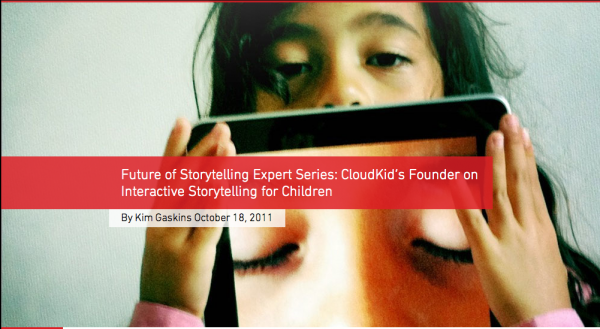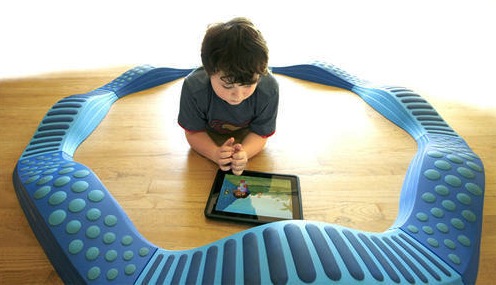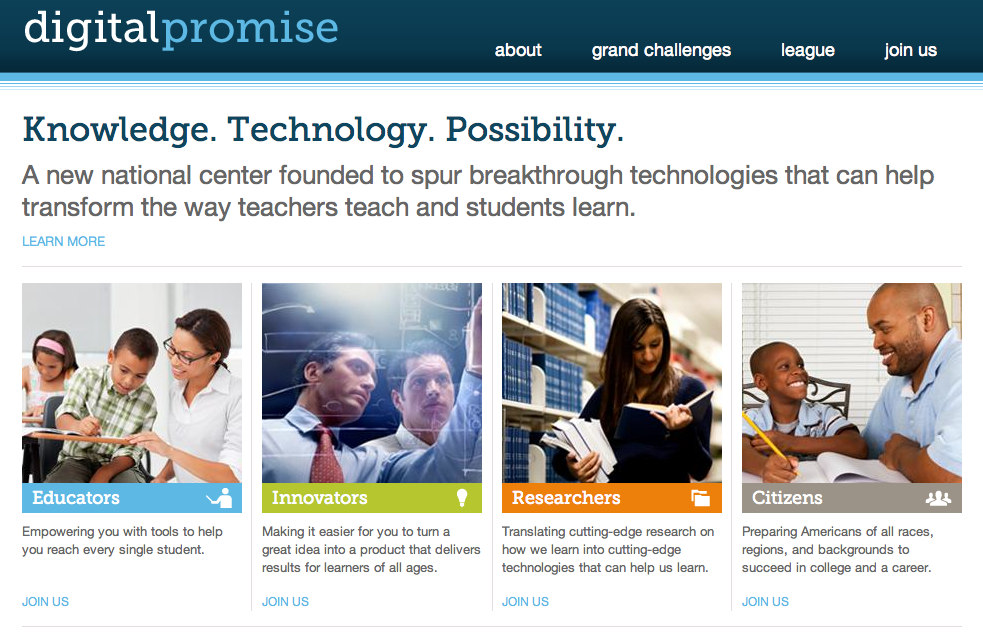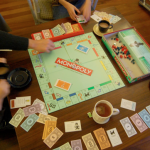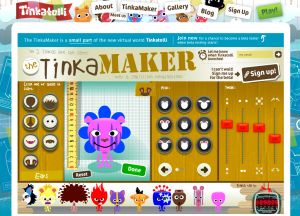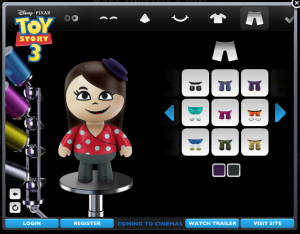Risky Business
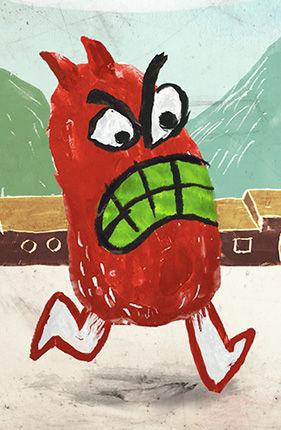
Last Tuesday, a few of us CloudKids attended “Reducing Risk in the Games Business,” an event put on by the New England Games SiG at the Microsoft NERD Center. A panel of game industry veterans discussed their experiences and approaches in helping to manage risk in the game industry. With the upcoming launch of CloudKid’s first original app, we were excited to jump in on this discussion.
The panel, and the audience, had a lot of great insights on the business side of game and app releases. While the conversation was interesting, there was an extreme emphasis placed on analytics and the marketing of games. It seems all the panelists and moderator ignored one of the biggest factors of risk-taking in the game industry – THE GAMES! We were a bit surprised that there wasn’t a discussion surrounding how risk-taking with IP and game mechanics can draw in and keep users engaged. While we understand that having a great marketing plan is part of the risk equation, we still think that the products themselves need to be “risky” to stand out from the crowd.
A few other areas that we wished the panel had time to discuss were the challenge of balancing product and company recognition and the increasingly popular “freemium” model of app releases. If you get the chance to comment, we’d love to hear your thoughts on reducing risk in the games business!

